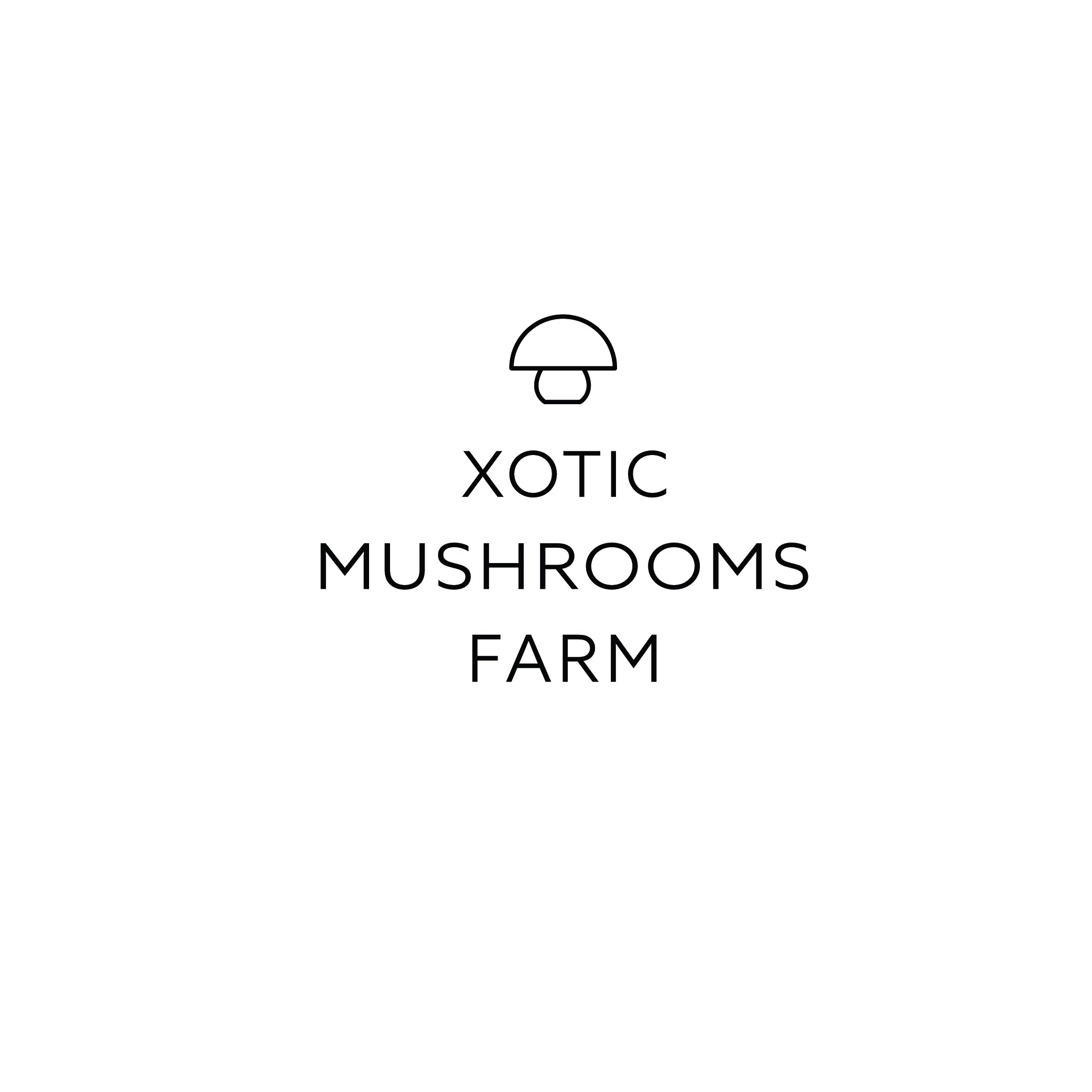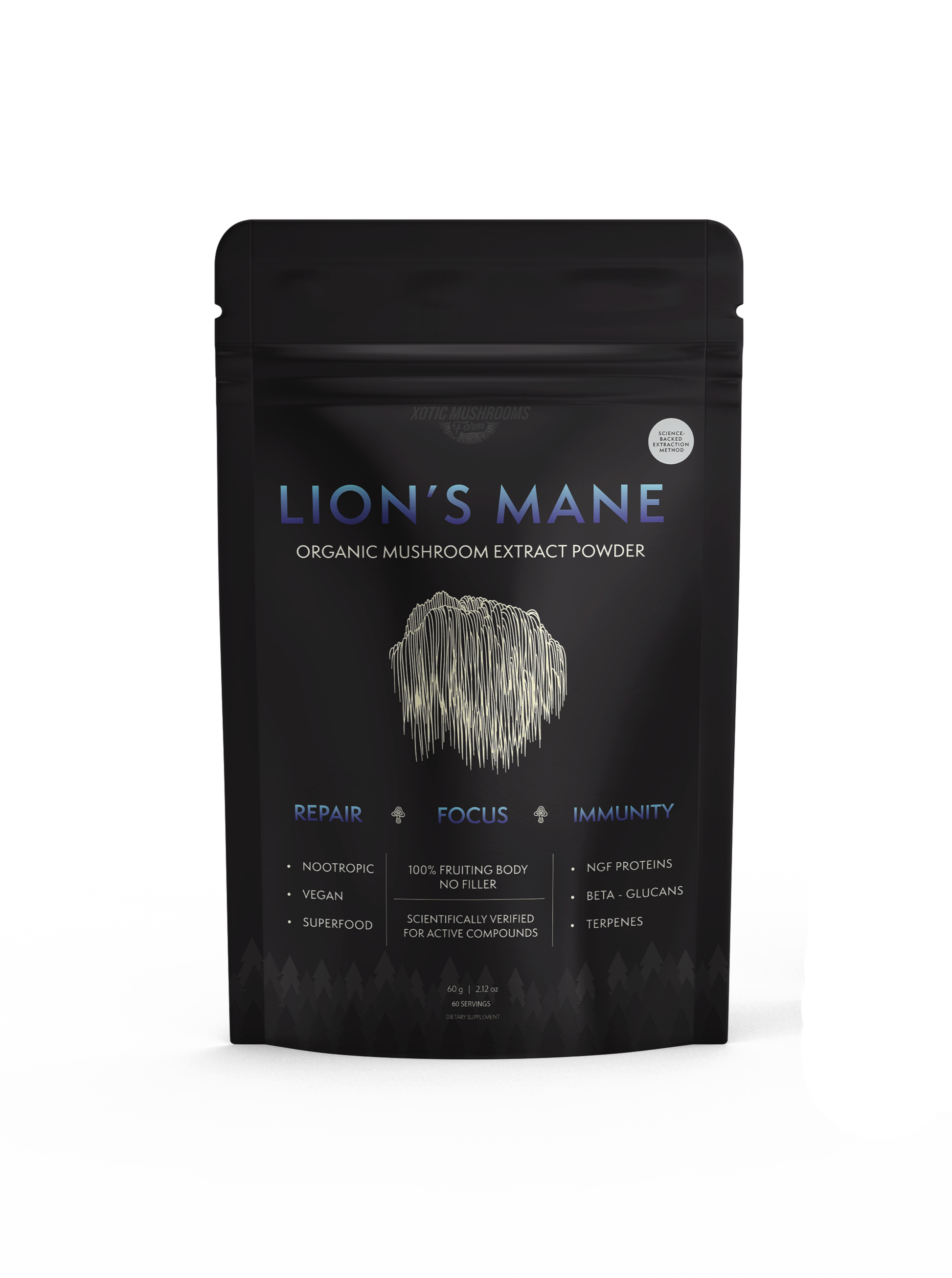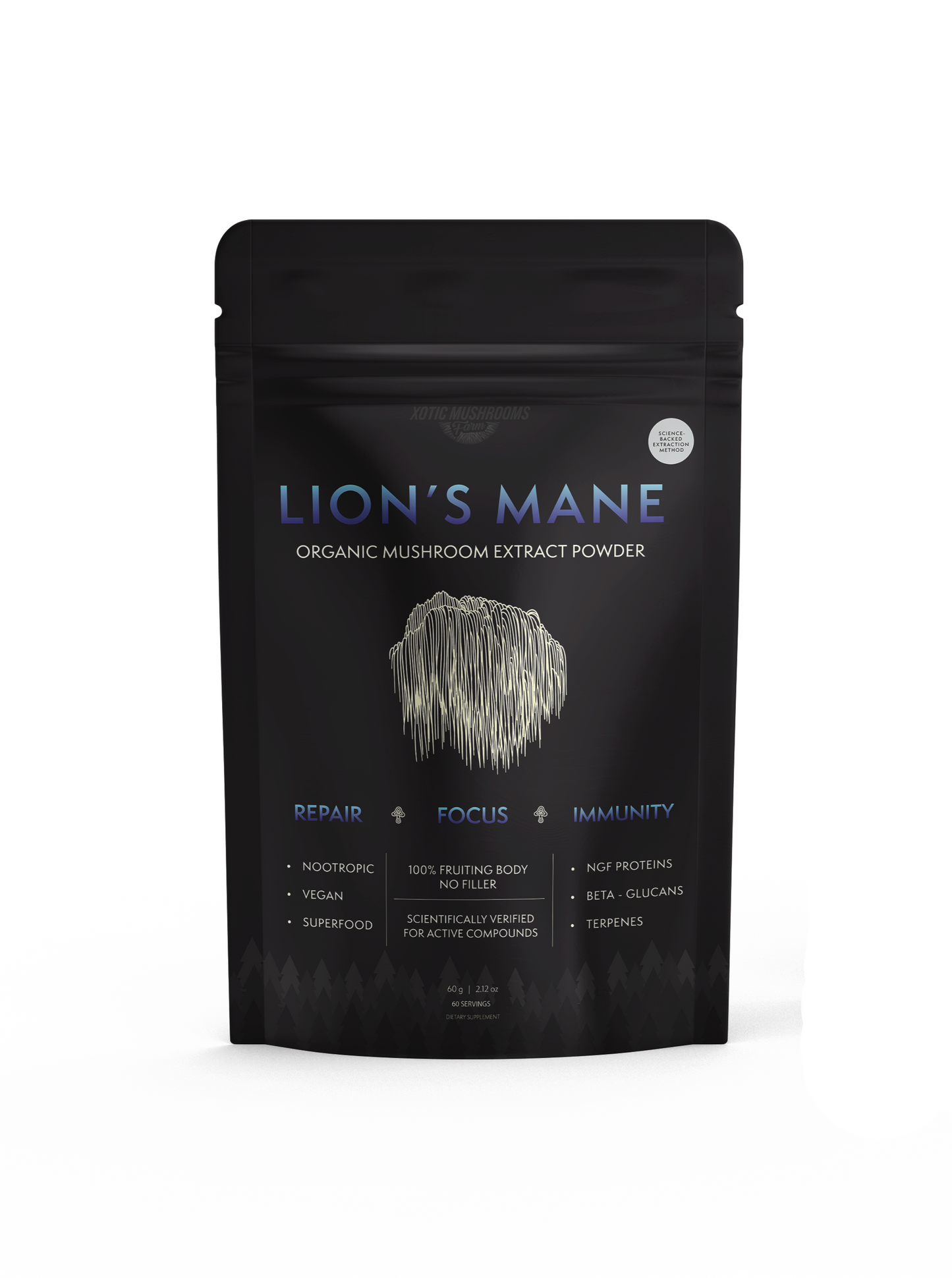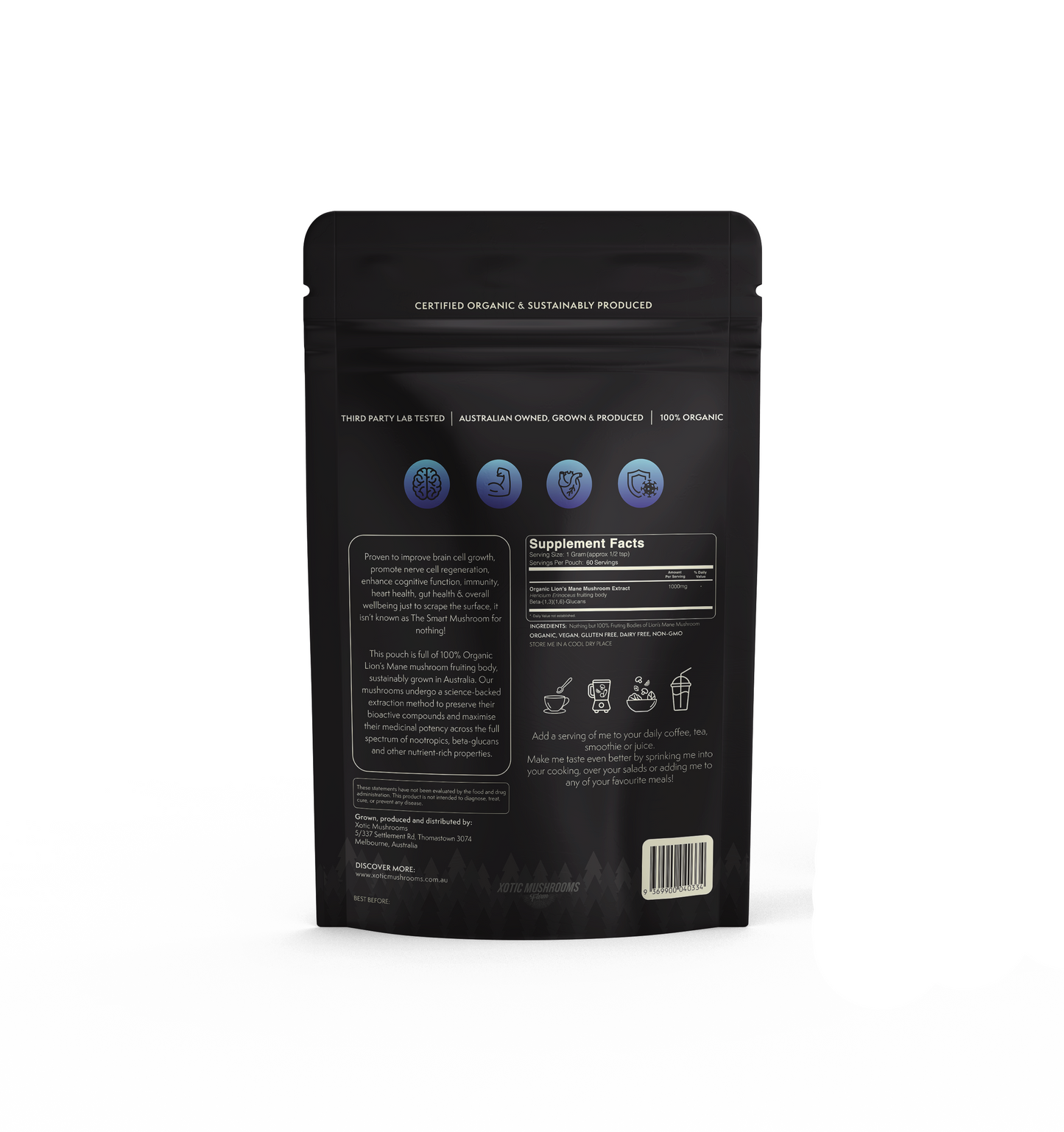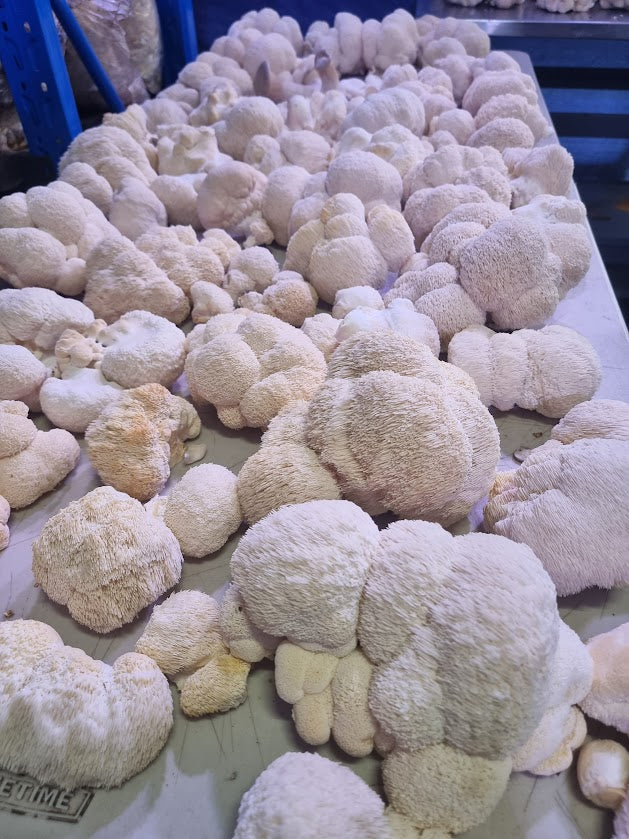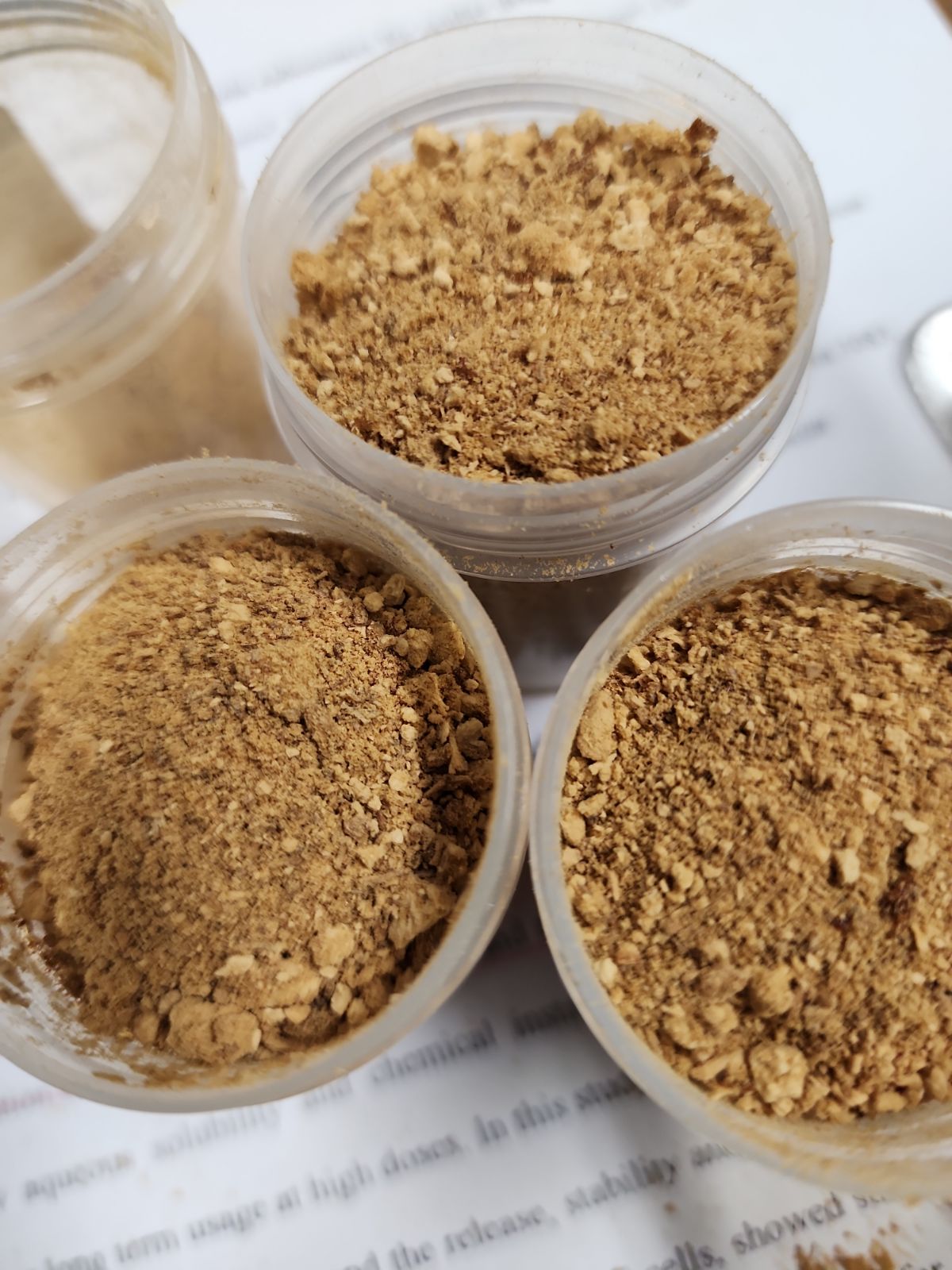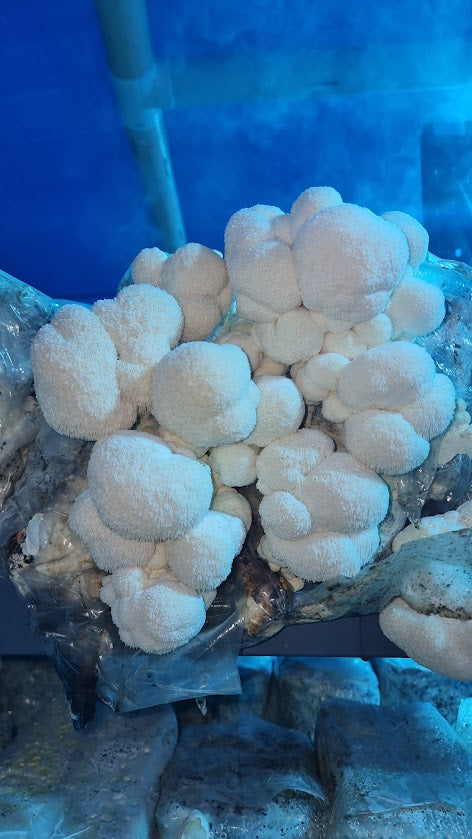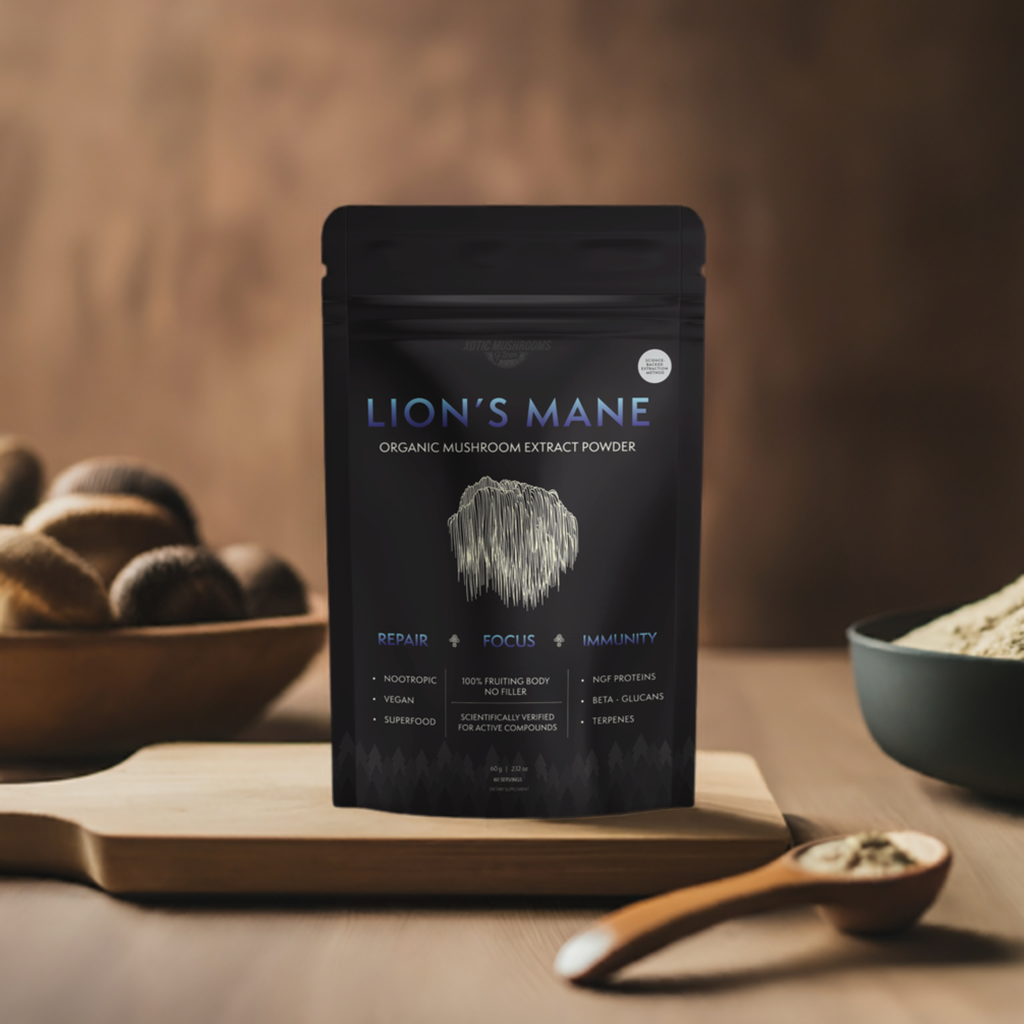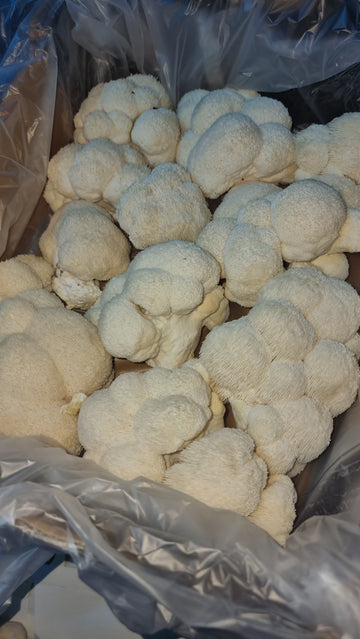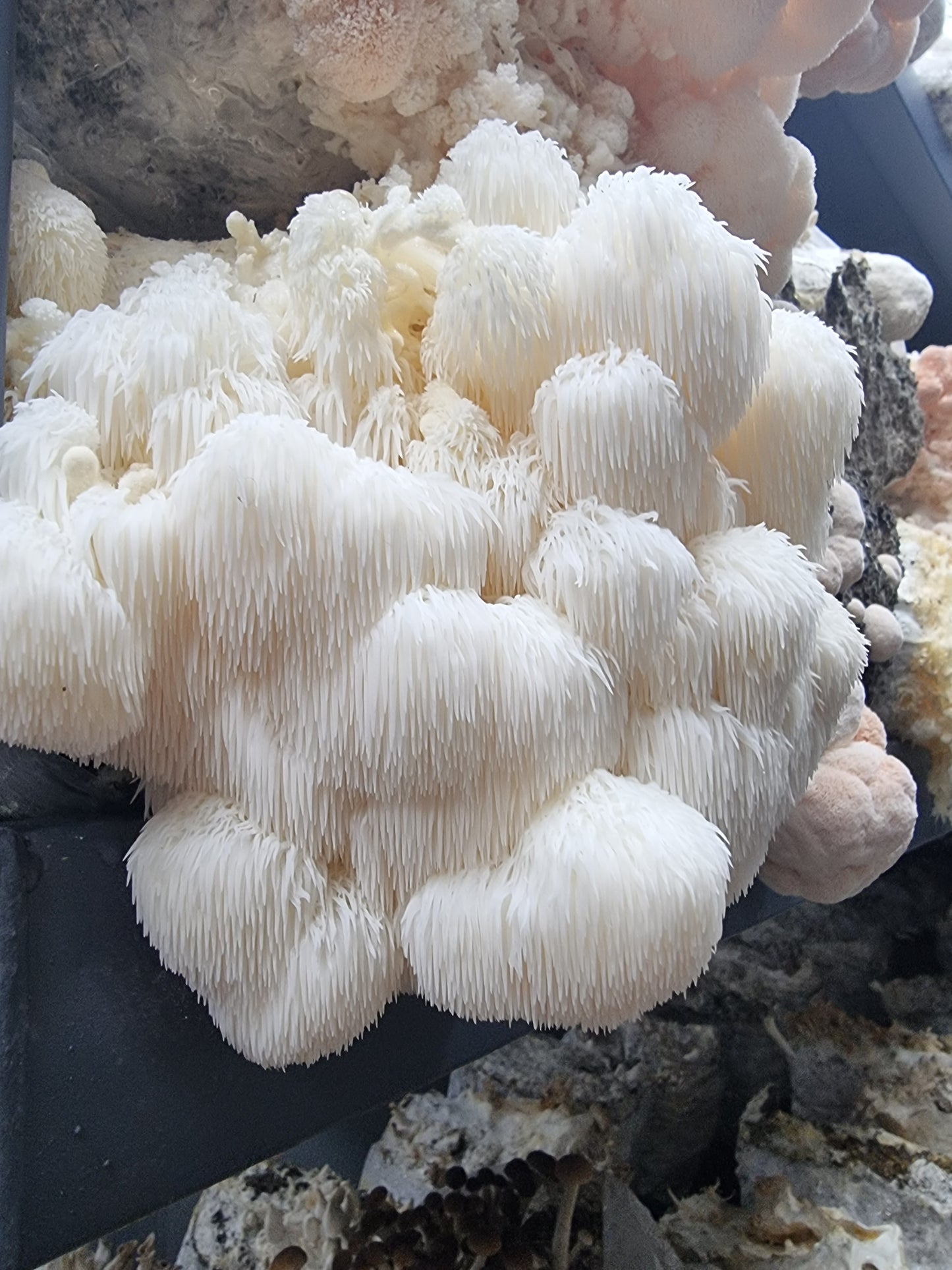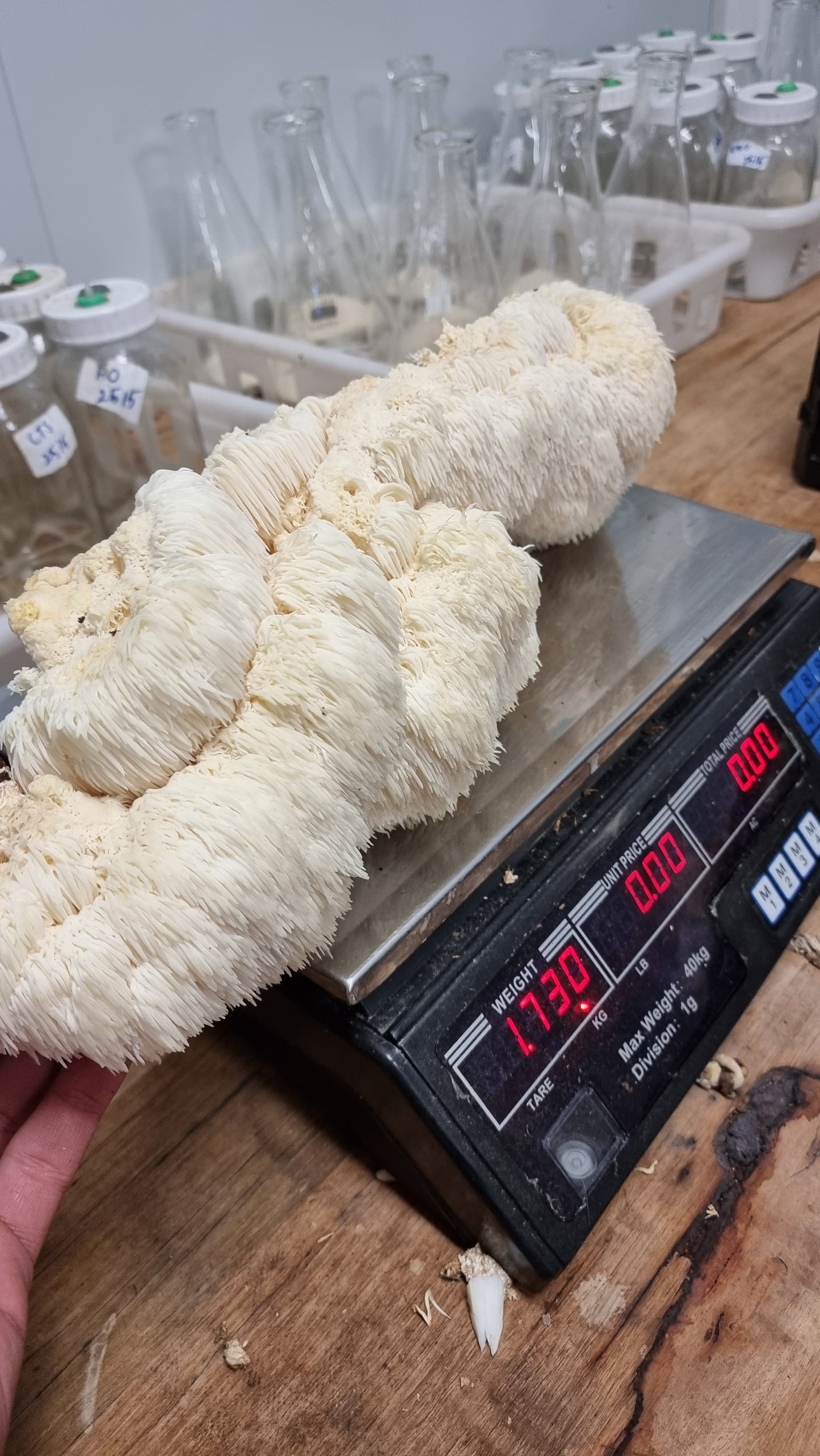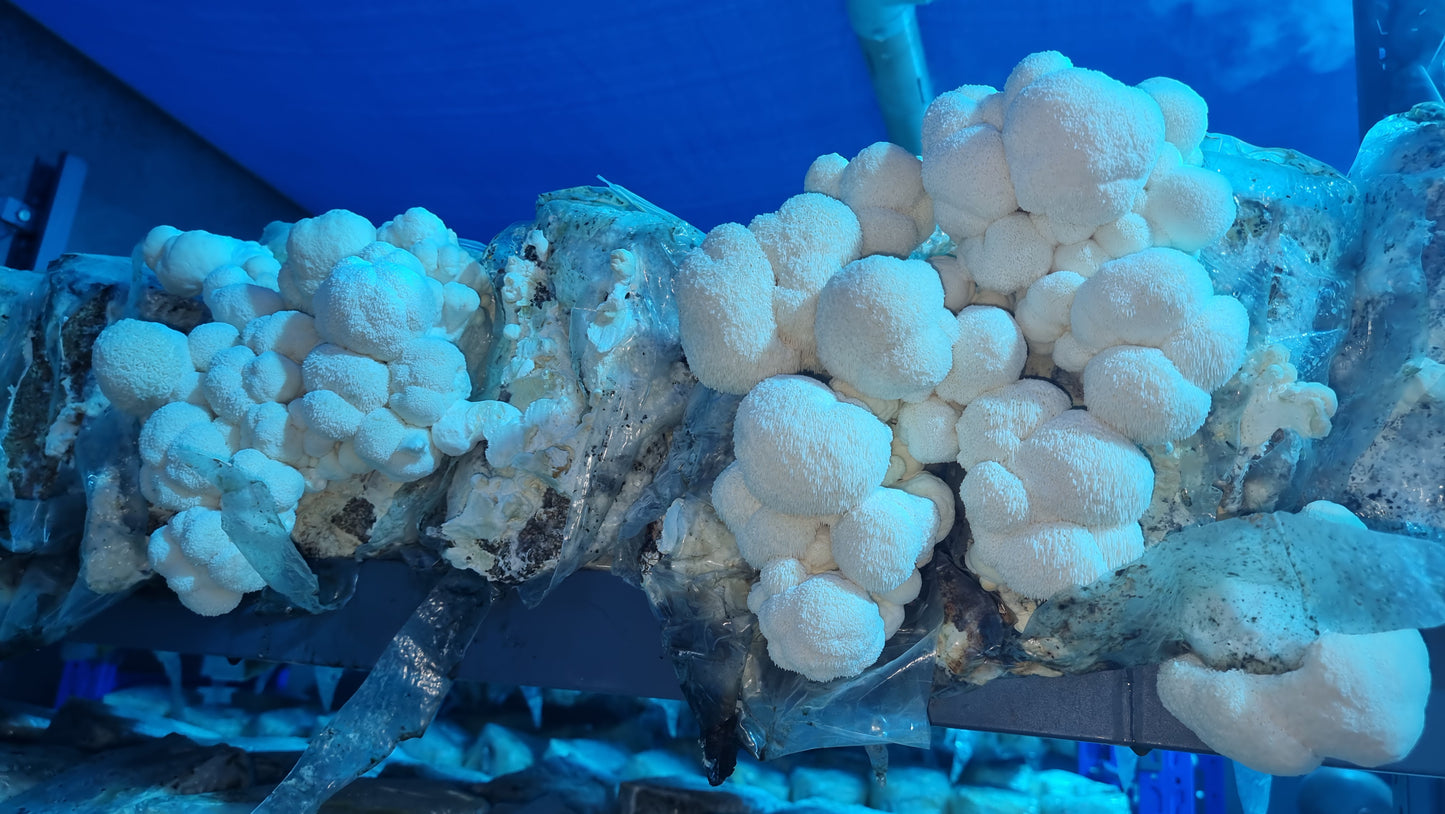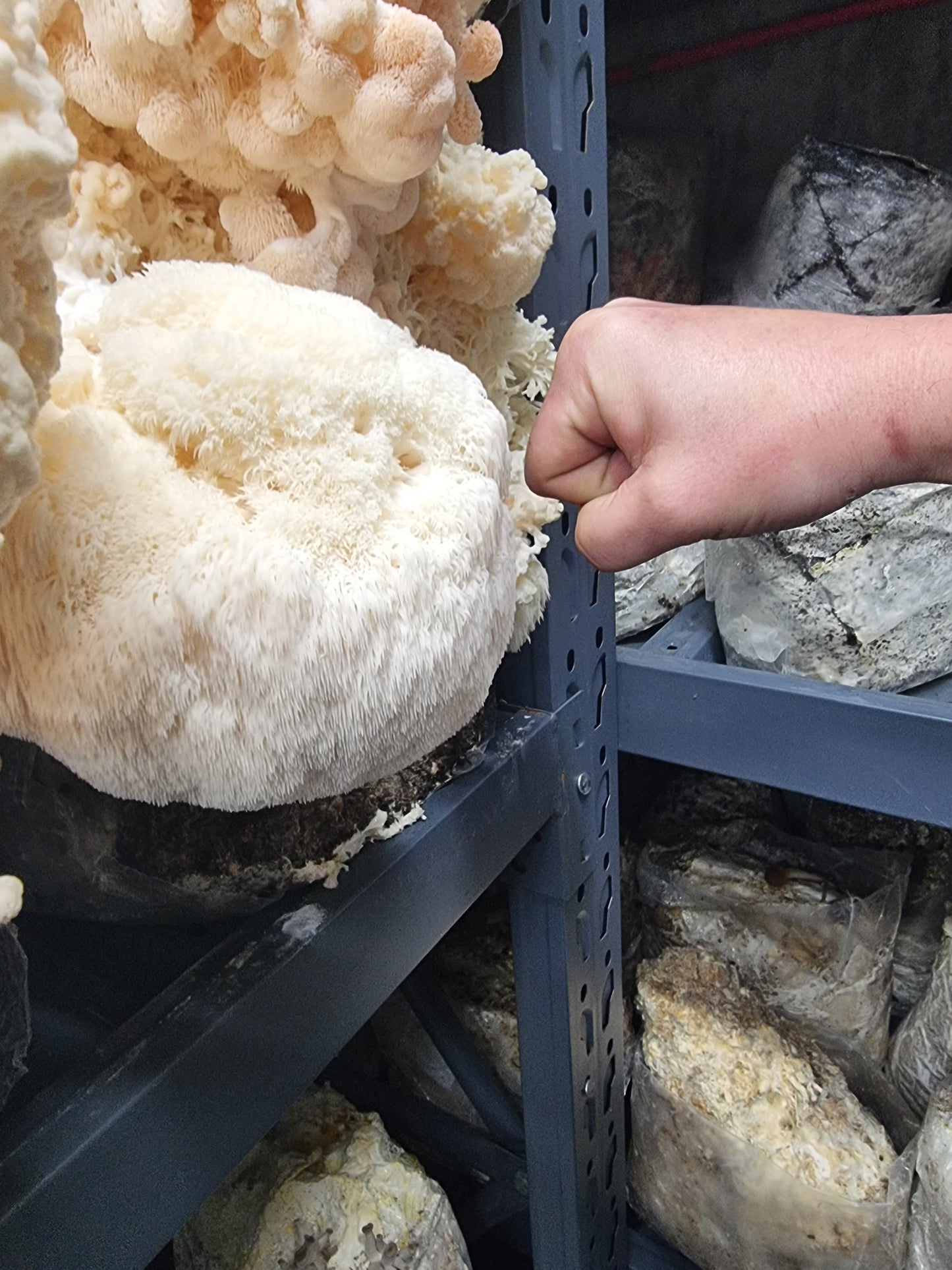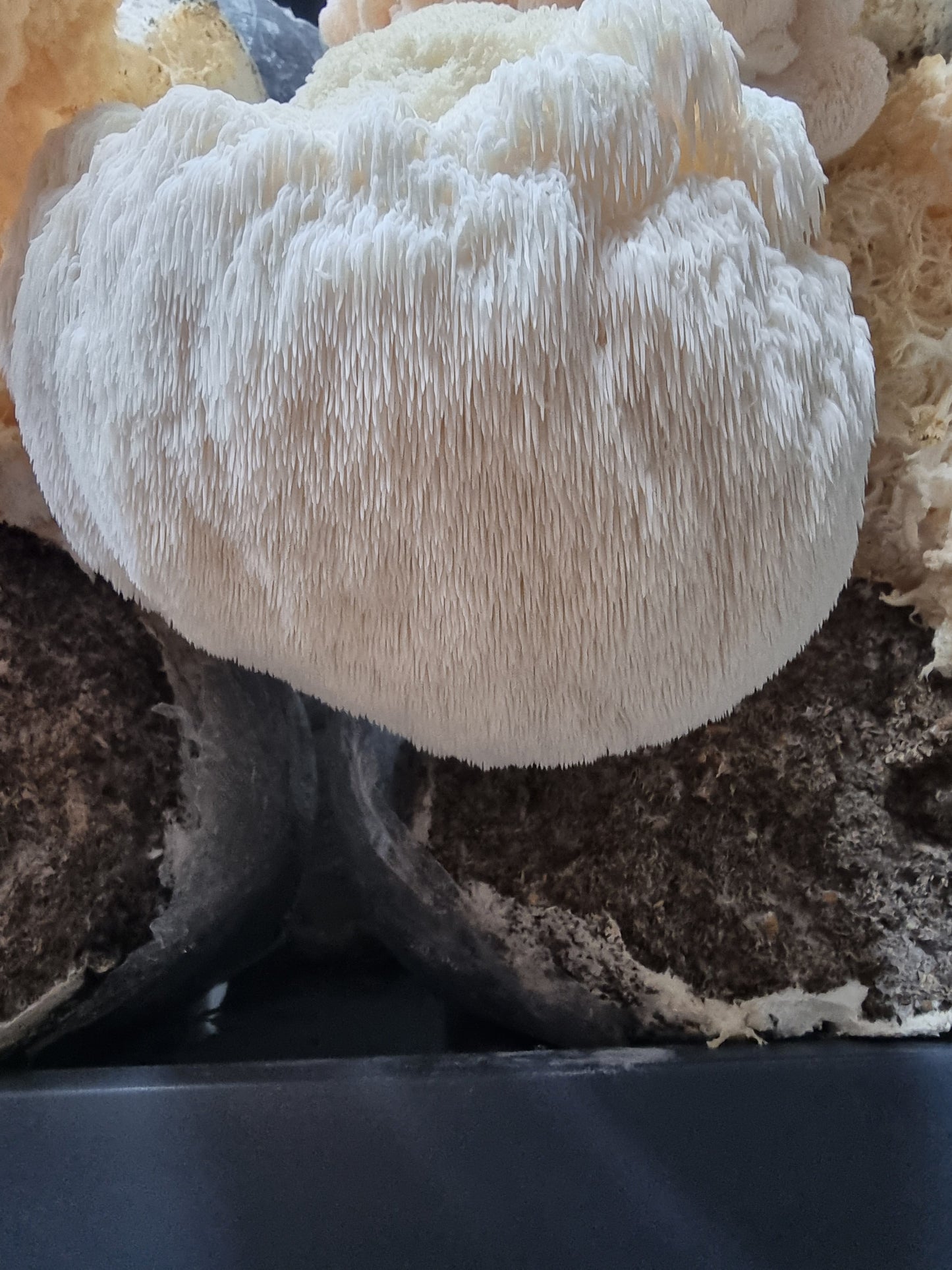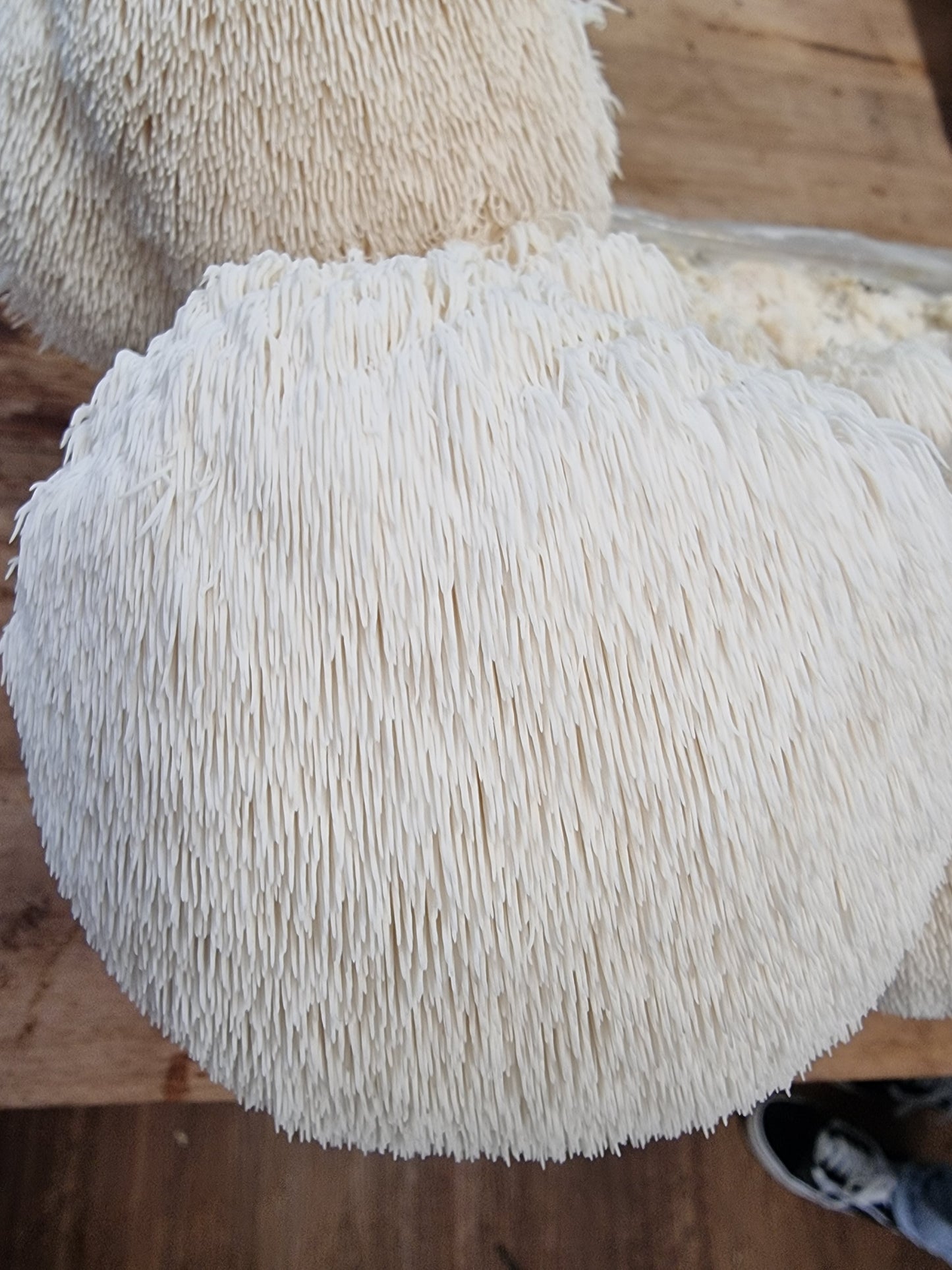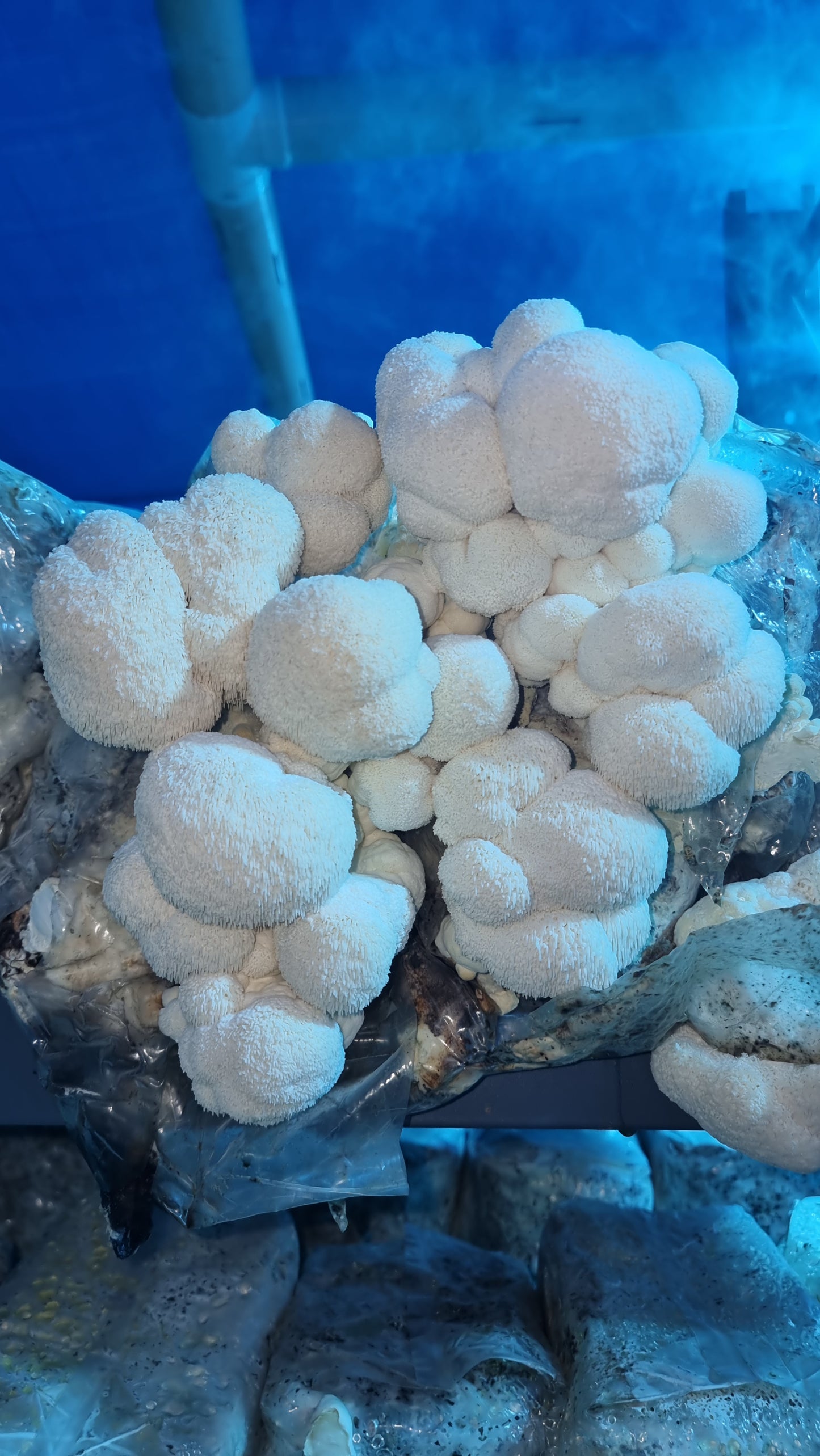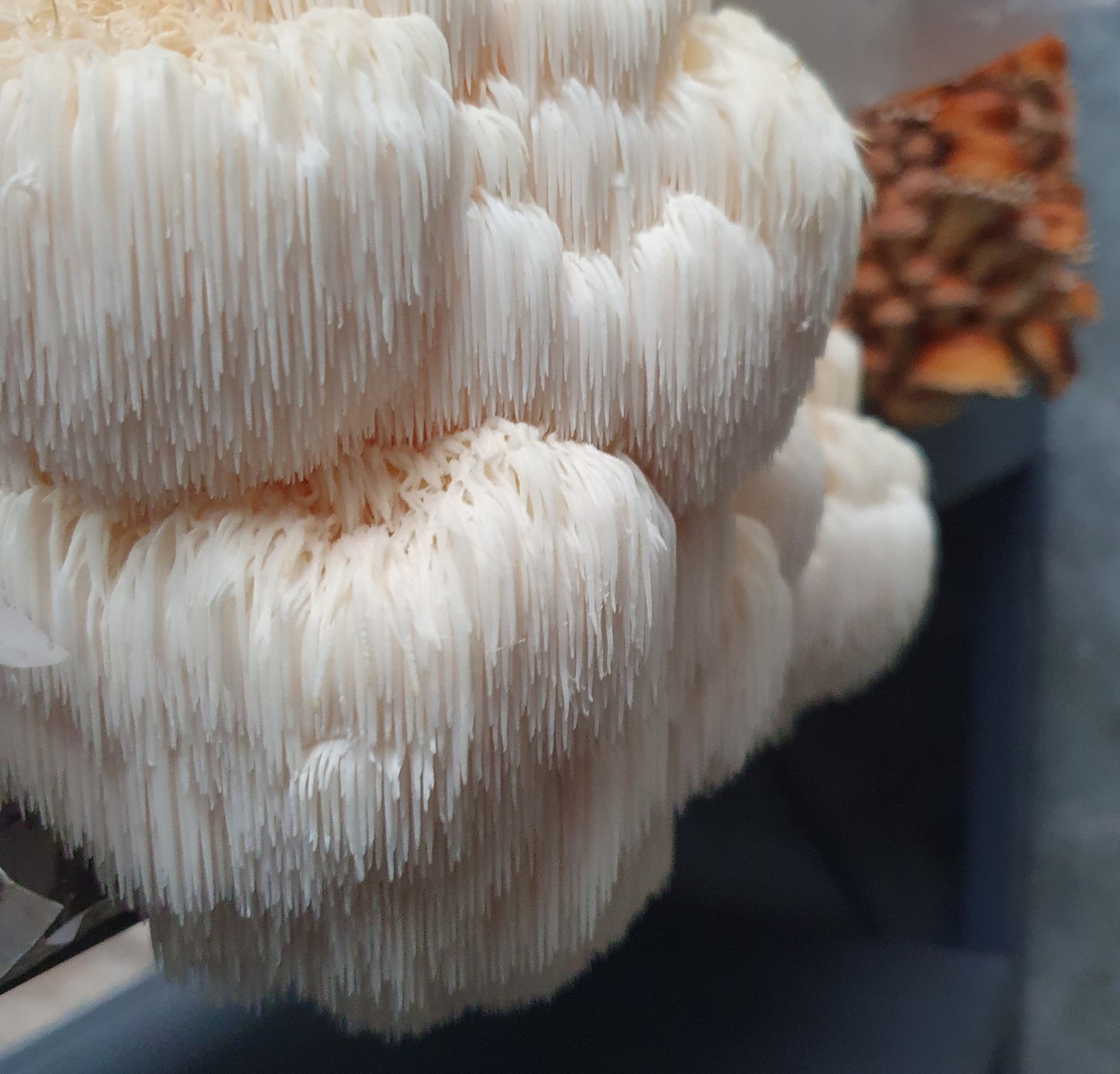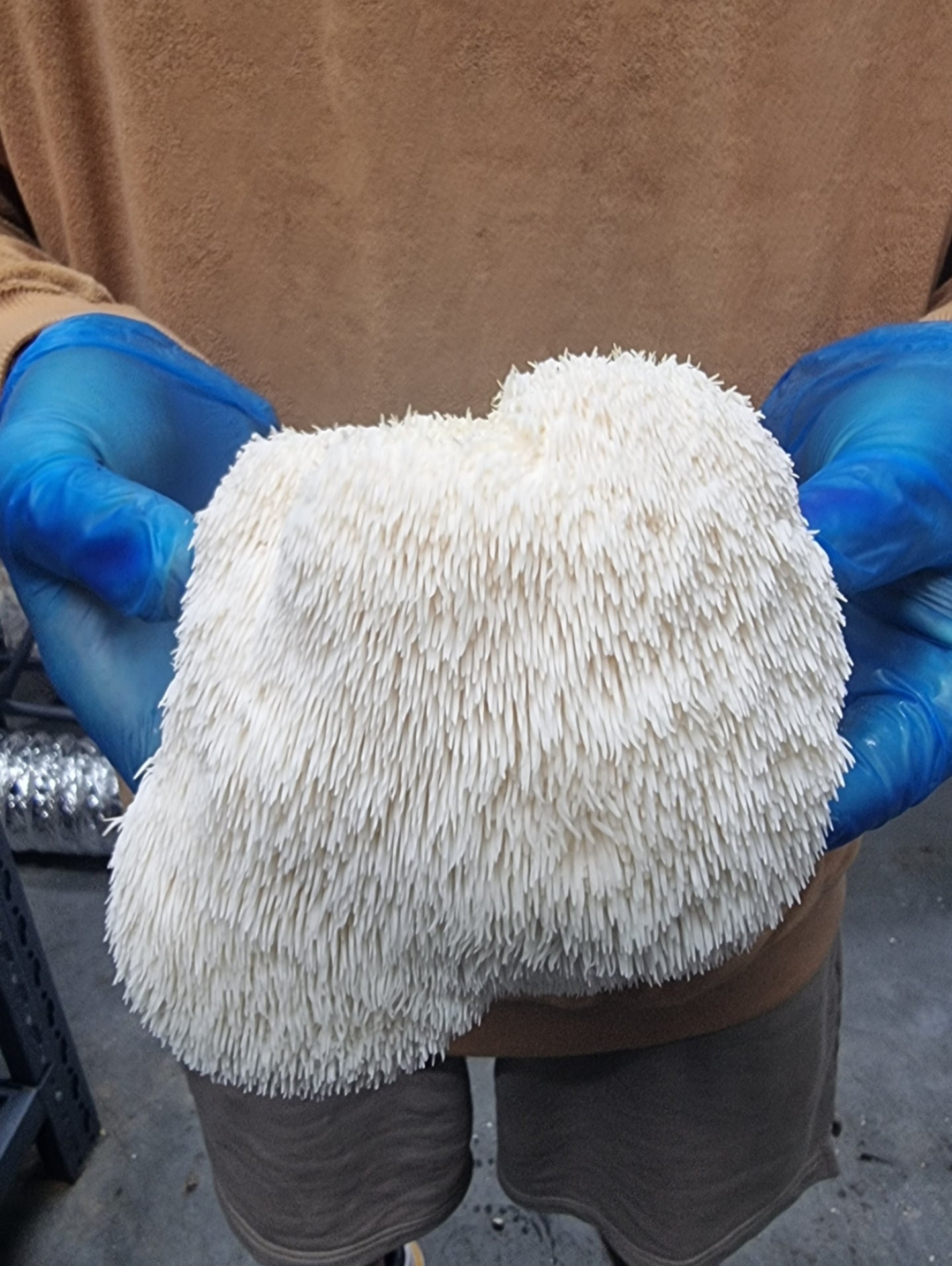Many home cooks struggle to distinguish between yellow oyster and pink oyster mushrooms, often using them interchangeably.
This can lead to suboptimal flavour combinations and missed culinary opportunities, as each type has unique characteristics and best uses.
This guide will clearly outline the key differences and ideal culinary applications of yellow oyster and pink oyster mushrooms, helping you confidently enhance your dishes.
Appearance and Characteristics
Understanding the appearance and characteristics of yellow and pink oyster mushrooms is crucial for recognising and utilising them effectively in your culinary creations.
Yellow Oyster Mushrooms:

- Colour: Yellow oyster mushrooms are notable for their bright, golden-yellow hue, which can add a vibrant splash of colour to any dish.
- Size and Shape: They typically have broad, fan-shaped caps that can range from 2 to 5 inches in diameter. The edges are often slightly wavy.
- Texture: These mushrooms have a delicate, velvety texture. When cooked, they become tender and slightly crispy at the edges.
- Aroma: They emit a mild, sweet aroma that becomes more pronounced during cooking.
Pink Oyster Mushrooms:

- Colour: Pink oyster mushrooms are striking with their vivid pink to coral colour, which fades slightly when cooked but remains visually appealing.
- Size and Shape: Their caps are also broad and fan-shaped, similar in size to yellow oysters, ranging from 2 to 5 inches in diameter.
- Texture: These mushrooms have a firmer texture compared to yellow oysters. When cooked, they retain a meaty consistency.
- Aroma: Pink oysters have a more pronounced, slightly woody aroma that intensifies with cooking.
Flavour Profiles
Understanding the flavour profiles of yellow and pink oyster mushrooms can significantly enhance your culinary creations by ensuring you use them in the most effective ways.
Yellow Oyster Mushrooms
Yellow oyster mushrooms are known for their mild, slightly sweet flavour, accompanied by a subtle earthiness that makes them highly versatile in various dishes. When cooked, their flavour becomes richer and more pronounced, developing a slight nutty undertone.
They have an excellent ability to absorb and complement the flavours of the ingredients they are cooked with, making them ideal for sautéing and stir-frying. Their delicate flavour pairs particularly well with light, fresh dishes.
As a result, yellow oyster mushrooms are excellent in salads, light pasta dishes, and as toppings for pizzas, where their gentle taste can shine without being overpowered.
Pink Oyster Mushrooms
Pink oyster mushrooms have a more robust, slightly peppery flavour, with a taste that is more pronounced than that of yellow oysters, featuring a distinctive woody note. Cooking these mushrooms enhances their meaty and savoury qualities, making them an excellent substitute for meat in vegetarian dishes.
Their flavour remains strong even when paired with bold ingredients, allowing them to stand out in any dish. Due to their hearty flavour, pink oyster mushrooms are perfect for robust dishes such as stews, grilled vegetable platters, and as a meat substitute in tacos or burgers, where their rich taste can be fully appreciated.
Nutritional Benefits

Yellow and pink oyster mushrooms offer numerous nutritional benefits, making them excellent additions to a balanced diet.
Yellow Oyster Mushrooms:
- Rich in Nutrients: Yellow oyster mushrooms are a good source of essential vitamins and minerals, including B vitamins (such as B6, niacin, and riboflavin), vitamin D, potassium, and iron. These nutrients are vital for maintaining energy levels, bone health, and overall well-being.
- Low in Calories: They are low in calories and fat, making them an ideal choice for weight management. Their high fibre content aids digestion and promotes a feeling of fullness, helping to control appetite.
Pink Oyster Mushrooms:
- Antioxidant Properties: Pink oyster mushrooms are packed with antioxidants, which help protect the body from oxidative stress and reduce inflammation. These antioxidants support the immune system and may lower the risk of chronic diseases.
- Protein Content: Compared to many other mushrooms, mushrooms have a higher protein content, making them a valuable protein source for vegetarians and vegans. Proteinhttps://xoticmushrooms.com.au/blogs/learn-about-exotic-mushrooms/golden-oyster-mushrooms-yellow?_pos=1&_sid=a3abe018f&_ss=r is essential for muscle repair and growth.
Culinary Uses

Understanding the culinary uses of yellow and pink oyster mushrooms can elevate your cooking by ensuring each mushroom type is used to its full potential.
Yellow Oyster Mushrooms:
- Sautéing: Yellow oyster mushrooms are perfect for sautéing due to their mild, slightly sweet flavour. Sauté them in olive oil or butter with garlic and fresh herbs for a quick and delicious side dish.
- Stir-frying: Their ability to absorb and complement other flavours makes them ideal for stir-fries. Combine them with vegetables, tofu, or chicken and a savoury sauce for a balanced and nutritious meal.
- Salads: Their delicate texture and flavour make them excellent in salads. Lightly sauté or roast them and toss with fresh greens, nuts, and a light vinaigrette.
- Pasta Dishes: Incorporate yellow oyster mushrooms into light pasta dishes. Their subtle flavour pairs well with creamy or olive oil-based sauces, fresh vegetables, and parmesan cheese.
- Pizza Toppings: Use them as a topping for pizzas. Their mild taste complements a variety of other toppings without overpowering the dish.
Pink Oyster Mushrooms:
- Grilling: Pink oyster mushrooms' robust, slightly peppery flavour makes them ideal for grilling. Marinate them in olive oil, balsamic vinegar, and herbs before grilling to enhance their meaty texture and savoury taste.
- Stews and Soups: Their hearty flavour adds depth to stews and soups. They maintain their robust taste even when cooked for long periods, making them a valuable addition to these dishes.
- Tacos and Burgers: Pink oyster mushrooms are an excellent meat substitute for vegetarian tacos and burgers. Their firm texture and savoury flavour make them a healthy alternative to traditional meat fillings.
- Grilled Vegetable Platters: Add them to grilled vegetable platters for a rich, umami component. Their strong flavour pairs well with other grilled vegetables and can be complemented by various sauces and dips.
- Roasting: Pink oyster mushrooms can be roasted with root vegetables for a hearty side dish. Their strong flavour holds up well to the roasting process, creating a delicious and satisfying dish.
Pairing Suggestions

Pairing yellow and pink oyster mushrooms with complementary ingredients can elevate their unique flavours and create delightful dishes. Yellow oyster mushrooms pair well with fresh vegetables such as spinach, asparagus, and bell peppers.
Their mild, slightly sweet flavour complements the freshness and crunch of these vegetables. Enhance their delicate taste with herbs like thyme, parsley, and basil. A touch of garlic or a sprinkle of black pepper can add depth without overpowering their subtle flavour.
Additionally, combining them with light grains like quinoa, couscous, or orzo makes for a perfect addition to grain salads and side dishes, as their ability to absorb flavours enriches the overall taste.
On the other hand, pink oyster mushrooms pair excellently with robust proteins like beef, pork, or tofu, thanks to their firm texture and strong flavour that hold up well in hearty dishes. Root vegetables such as carrots, potatoes, and parsnips complement the earthy, slightly peppery flavour of pink oysters, enhancing the sweetness and heartiness of these vegetables.
Bold herbs and spices like rosemary, sage, and smoked paprika further enhance their robust taste. A splash of balsamic vinegar or soy sauce can add a rich, umami depth, making pink oyster mushrooms a versatile ingredient in a variety of culinary creations.
Growing and Availability

Understanding the growing conditions and availability of yellow and pink oyster mushrooms can help you source the freshest produce and even consider cultivating them at home.
Yellow Oyster Mushrooms:
- Growing Conditions: Yellow oyster mushrooms thrive in warm, humid environments. They are often cultivated on substrates like straw, sawdust, or coffee grounds. These mushrooms require a consistent temperature range of 20-30°C (68-86°F) and high humidity levels.
- Seasonality: While they can be grown year-round in controlled environments, yellow oyster mushrooms are typically more abundant in spring and summer due to their preference for warmer temperatures.
- Availability: Yellow oyster mushrooms are available at farmers' markets, specialty grocery stores, and online retailers. They are becoming increasingly popular, making them more accessible to home cooks.
Pink Oyster Mushrooms:
- Growing Conditions: Pink oyster mushrooms also prefer warm climates, flourishing at temperatures between 20-30°C (68-86°F). They are grown on similar substrates to yellow oysters, such as straw and sawdust. They are known for their rapid growth, often producing harvestable mushrooms within a few weeks.
- Seasonality: Like yellow oyster mushrooms, pink oysters can be cultivated year-round but are most prolific in the warmer months of spring and summer.
- Availability: Pink oyster mushrooms are available at farmers' markets, speciality stores, and through online suppliers. Their striking colour and unique flavour have made them a sought-after ingredient among chefs and home cooks alike.
Tips for Selection and Storage

Picking the Perfect Oyster: A Buyer's Guide
Don't get caught out by a dodgy mushroom! These tips will ensure you select the freshest and most flavourful oysters:
Look for:
- Firmness: Both yellow and pink oysters should feel firm and plump, with no signs of sliminess or discolouration.
- Dryness: The caps should be dry to the touch, but not dried out. Avoid any mushrooms that feel overly moist or sticky.
- Colour: Yellow oysters should be a vibrant, sunny yellow, while pink oysters should be a deep, rosy pink. Avoid any that look dull or faded.
- Smell: Fresh oyster mushrooms have a mild, earthy aroma. If they smell sour or ammonia-like, they're past their prime.
Storage Savvy:
- Refrigerate: Store oyster mushrooms in the refrigerator in a paper bag or a loosely wrapped damp cloth. This allows them to breathe and prevents them from becoming slimy.
- Don't Wash: Avoid washing mushrooms until you're ready to use them. Excess moisture can cause them to spoil faster.
- Use Quickly: Oyster mushrooms are best used within a few days of purchase. If you can't use them immediately, consider freezing or drying them for later use.
Conclusion
Understanding the key differences and best uses of yellow and pink oyster mushrooms can transform your culinary creations. Embrace their unique flavours, textures, and nutritional benefits to elevate your dishes.
